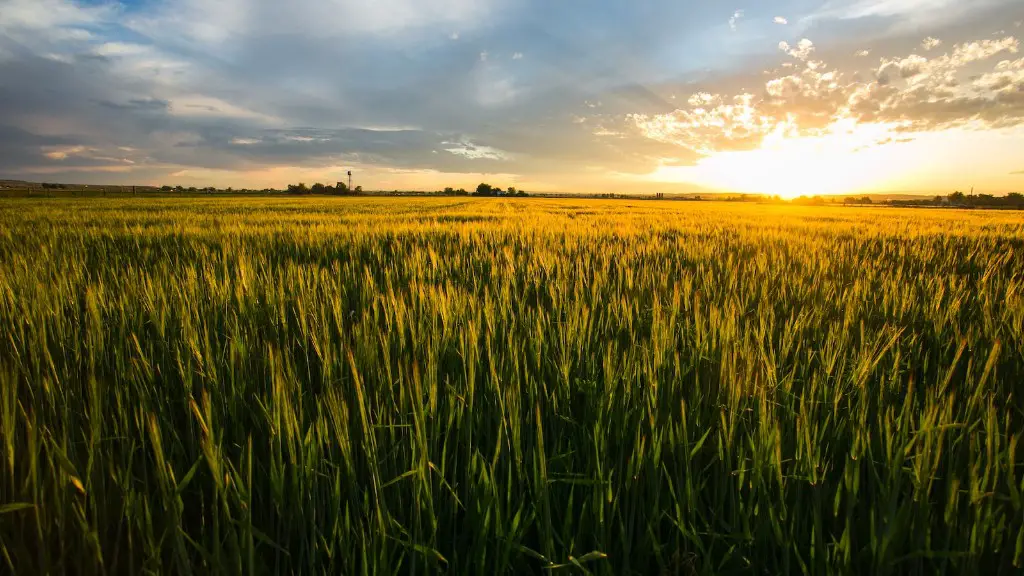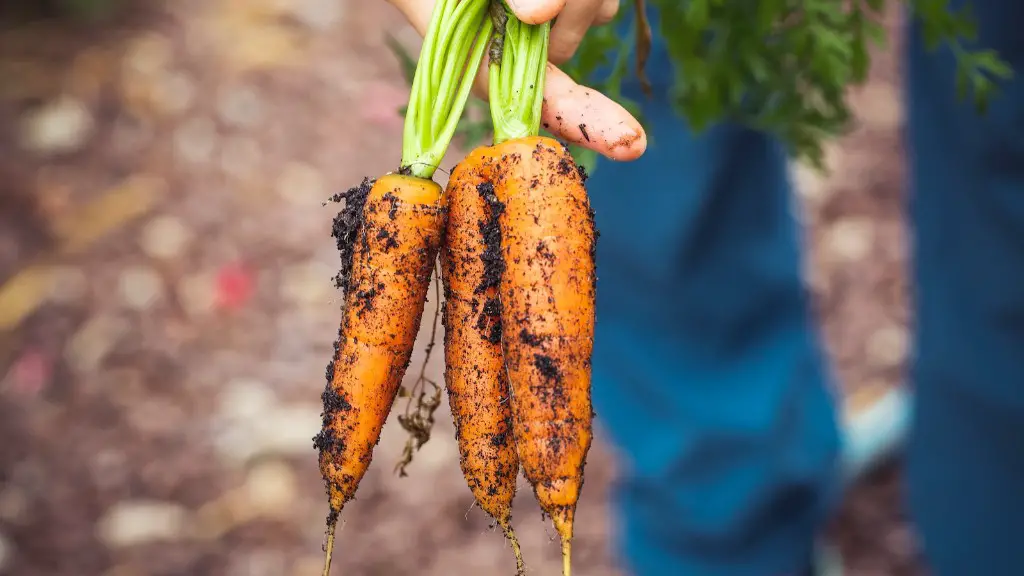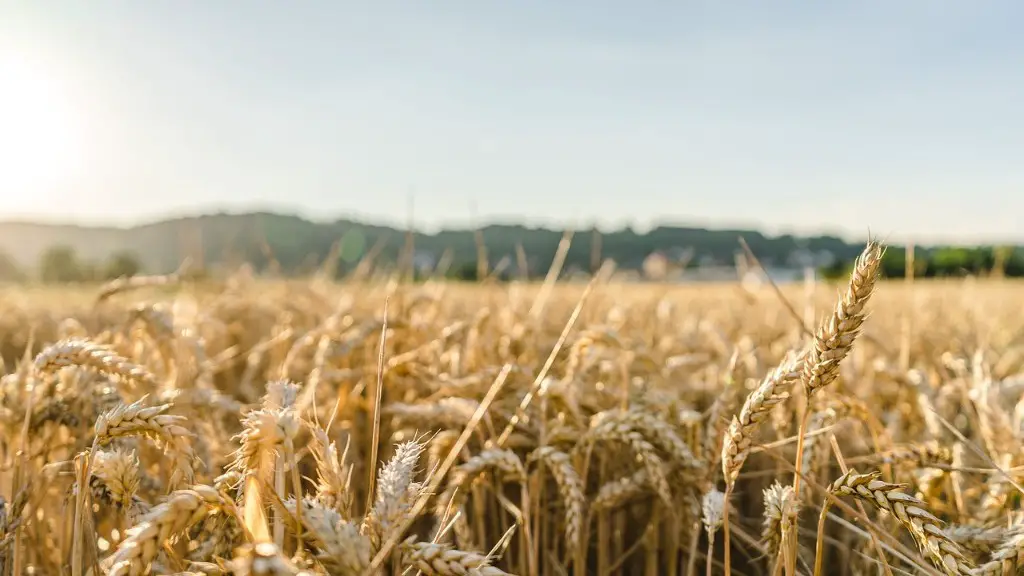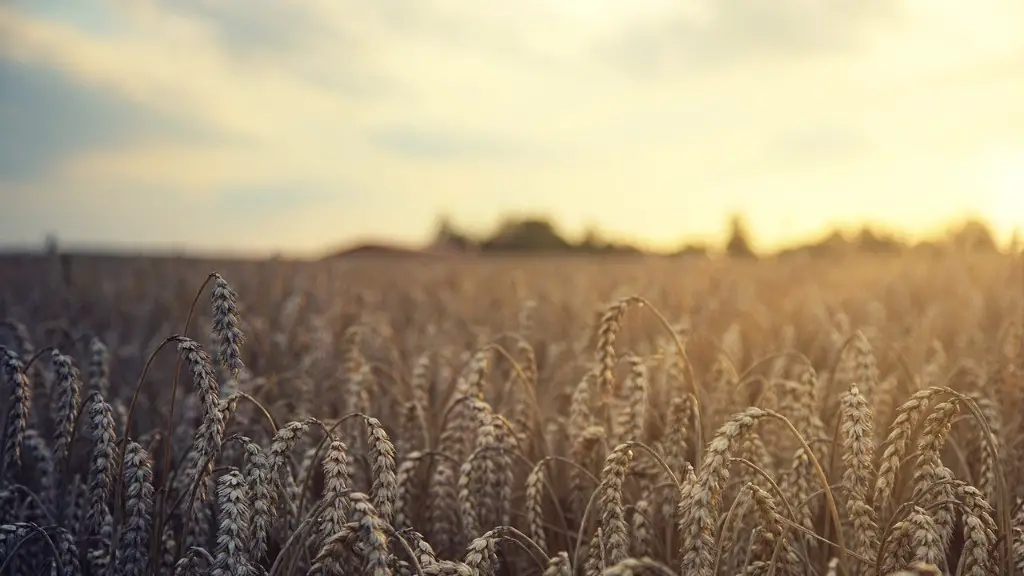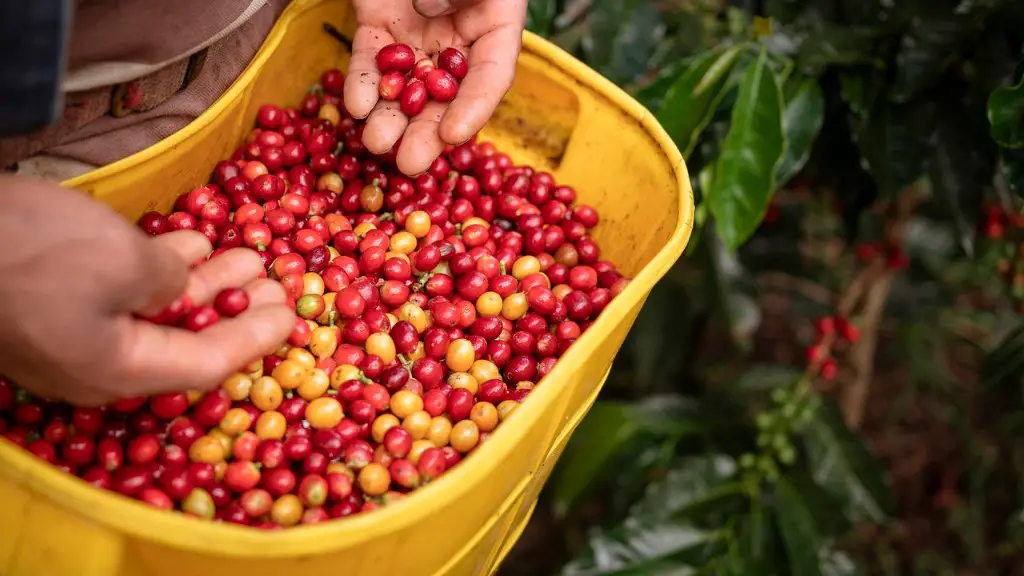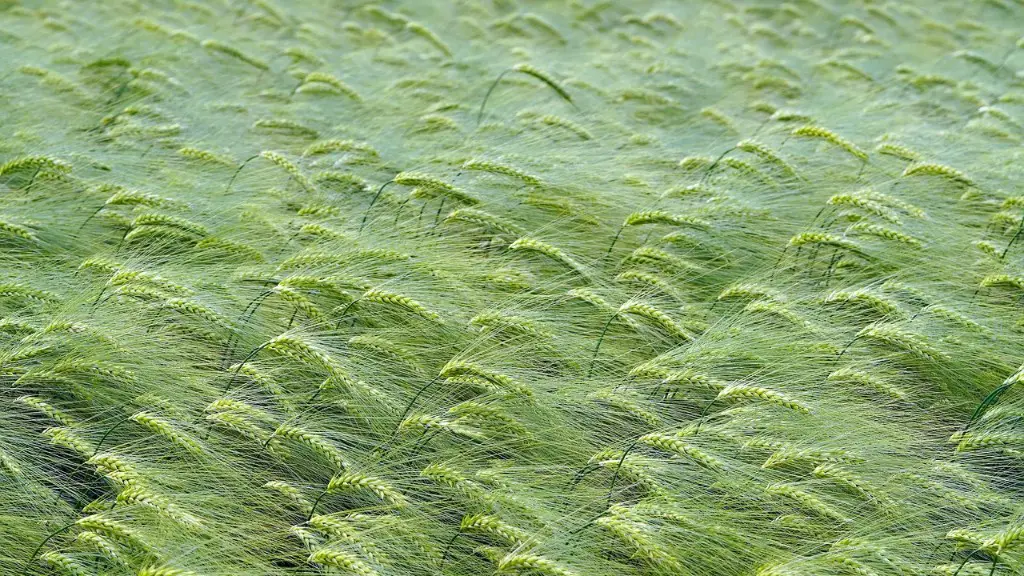“What is peasant agriculture?” is a question that has been asked throughout history. There is no one definitive answer to this question, as there is no one definitive definition of “peasant.” Peasant agriculture generally refers to small-scale farming practices, often using simple tools and techniques, that are carried out by peasants or farmer-families. In many cases, these families are self-sufficient, producing enough food to feed themselves and their community. Peasant agriculture has often been marginalized and devalued by governments and corporations, but it continues to be an important part of the global food system.
Peasant agriculture is a type of subsistence agriculture, in which farmers grow crops and raise livestock primarily for their own needs, rather than for sale.
What is the definition of peasant farmers?
The term peasant is often used to refer to the rural poor, rural residents, serfs, agricultural laborers, and the “common” or “simple” people. Peasants typically live in small villages and engage in subsistence agriculture, although some may also work in the urban areas or in other sectors of the economy. In many cases, peasants are economically marginalized and lack political power.
The importance of peasant farming has been emphasized by a number of different groups and individuals. The most notable of these is the United Nations, which has released a report entitled “The State of Food Insecurity in the World.” In it, the UN argues that peasant agriculture is a key part of the solution to world hunger. Other groups, such as the World Bank and the International Fund for Agricultural Development, have also highlighted the importance of peasant farming.
There are a number of reasons why peasant farming is so important. First, it contributes positively to food security. This is because peasant farmers often grow a variety of crops, which makes them less vulnerable to shocks such as droughts or pests. Second, peasant agriculture is more sustainable than industrial agriculture. This is because peasant farmers often use traditional methods that have been passed down through generations. These methods are often more gentle on the environment and use less chemical inputs.
Third, peasant agriculture is an important source of employment and income, especially in rural areas. This is because peasant farmers often sell their surplus produce at local markets. This provides an important source of income for many families. Fourth, peasant agriculture is often more productive than industrial agriculture. This is because peasant farmers often have a better understanding of their local environment
What are the characteristics of peasant farms
One distinguishing characteristic of peasant agriculture is self-sufficiency. Peasant families consume a substantial part of what they produce, and while some of their output may be sold in the market, their total production is generally not much larger than what is needed for the maintenance of the family. This makes peasant agriculture very different from commercial agriculture, which is geared towards producing a surplus for sale in the market.
Peasant agriculture is the type of colonial agriculture where African small farmers are allowed to grow cash crops in their small plots alongside with their subsistence crops using the family labor and crude technology. This type of agriculture was seen as a way to improve the economic conditions of the African colonies, as well as a way to increase tax revenue for the colonial government.
What is another name for peasant farming?
There is no one word that accurately describes a peasant farmer. The term peasant farmer generally refers to a small-scale farmer who cultivates a plot of land using simple tools and methods. tenant farmer, crofter, smallholder, rancher, agrarian, truck farmer, dairy farmer, market gardener, and tiller are all terms that are sometimes used to describe peasant farmers.
A cotter is a peasant farmer who occupies a cottage and cultivates small land lots. In the past, cotters were common in the Scottish Highlands. Today, there are few cotters remaining in Scotland, but they can still be found in other parts of Europe.
What is the real definition of a peasant?
The word “peasant” is used to describe someone who owns or rents a small piece of land and grows crops or keeps animals on it. This person typically has a low income and a low social position.
Crop rotation is a common practice among peasant farmers, who grow a variety of crops including tomatoes, cabbages, peppers, ginger, yams, legumes and rice. For instance, small farmers often rotate legumes with peppers or vegetable crops. This helps to replenish the soil with nutrients and improve crop yields.
What are the problems of peasant farming
This type of farming is known as mechanized farming. It is a type of farming that uses machines to do most of the work, which results in high yield. However, mechanized farming can lead to unemployment as few labourers are required on the farm. Additionally, mechanized farming is expensive in terms of money, skilled labour and management.
A peasant is an agricultural labourer who is very poor and occupies the lower level of social hierarchy. A farmer is a man who works on agricultural land or owns farmland. The main difference between a peasant and a farmer is that a farmer owns the land that he or she works on, while a peasant does not.
What are examples of peasants?
A peasant is a poor farmer who owns a small plot of land. The Middle Ages was a time of great inequality, and peasants were at the bottom of the social ladder. They were required to pay rent, taxes, and fees to their landlords, and they were often treated brutally. In some parts of Europe, peasants were even enslaved. Despite their hardships, peasants were an important part of medieval society. They worked the land and provided food for the rest of the population.
The peasants were called the lord’s “villeins”, which was like a servant. The peasants worked hard all year long. They grew crops such as barley, wheat, and oats. They also had gardens where they grew vegetables and fruits. The lord would take some of the crops as taxes, and the peasants would have to give him some of their animals as well. The peasant’s life was not easy, but they did the best they could with what they had.
How did traditional peasant agriculture increase and change
As traditional peasant agriculture increased and changed, plantations began to expand, and the demand for labor increased. These changes both fed and responded to the growing global demand for raw materials and finished products.
Harvesting and threshing are two of the most important steps in the process of producing grain. The first step, harvesting, involves using sickles to cut the wheat from the stalk. The second step, threshing, involves separating the grain from the chaff. After the wheat has been harvested and threshed, the next step is to sow the seeds. This involves ploughing the fields and scattering the seeds into the ground.
What types of crops did peasants grow during the Middle Ages?
Barley and wheat were the most important crops in most European regions. Oxen and horses were used as draft animals. Oats and rye were also grown, along with a variety of vegetables and fruits.
Dairy Farming
Dairy farming is a type of agriculture that involves the raising of dairy cows for the purpose of milk production. Dairy farms are typically operated on a large scale, with the milk being sold to dairy processors or retailers.
Commercial Farming
Commercial farming is a type of agriculture that focuses on the production of crops and livestock for sale, rather than for personal use. Commercial farmers typically operate on a large scale, using modern techniques and technology to maximize yields.
Plantation Farming
Plantation farming is a type of agriculture that involves the cultivation of crops on a large scale. Plantation farms are typically owned by companies or wealthy individuals, and the crops are grown for commercial purposes.
What are the 3 types of farming
Farms come in all shapes and sizes, and each type of farm has its own unique set of benefits and drawbacks. Here are 15 different types of farms to consider:
1. Aquaculture Farming: Aquaculture is the practice of raising aquatic animals or plants in a controlled environment. Benefits of aquaculture farming include a consistent and predictable food supply, as well as a reduction in wild fish caught for consumption. Drawbacks of aquaculture include the potential for disease outbreak and the need for a high level of management and care.
2. Cooperative Farming: Cooperative farms are owned and operated by a group of farmers who share the land, resources, and profits. Benefits of cooperative farming include increased efficiency and decreased costs. Drawbacks of cooperative farming include the potential for disagreements among members and a lack of personal autonomy.
3. Hay Farming: Hay farms are specialized farms that focus on producing hay for livestock feed. Benefits of hay farming include a consistent and predictable income, as well as the opportunity to sell hay for other uses. Drawbacks of hay farming include the need for large amounts of land and the possibility of weather-related losses.
4. Organic Farming: Organic farms are those that do not use synthetic pesticides, herbicides
Peasants are a class of people who are typically poor farmers of low social status. They typically own or rent a small piece of land for cultivation, and are often involved in subsistence farming in poorer countries. Peasants often suffer from poor working conditions and lack of access to resources, which can lead to exploitation and poverty.
Final Words
Peasant agriculture is a form of agriculture that is characterized by the use of simple tools and techniques, and often employs traditional methods of farming. This type of agriculture is typically found in developing countries, where many farmers still rely on manual labor and animals to power their farms. In some cases, peasant agriculture may also refer to small-scale subsistence farming that is carried out by households or communities, rather than commercial agricultural operations.
Peasant agriculture is a type of subsistence farming in which farmers grow crops and raise livestock on small plots of land. Peasant agriculture is characterized by low yields, little use of technology or modern inputs, and a lack of capital. Despite these limitations, peasant farmers are able to subsist on their land by using traditional knowledge and techniques.
